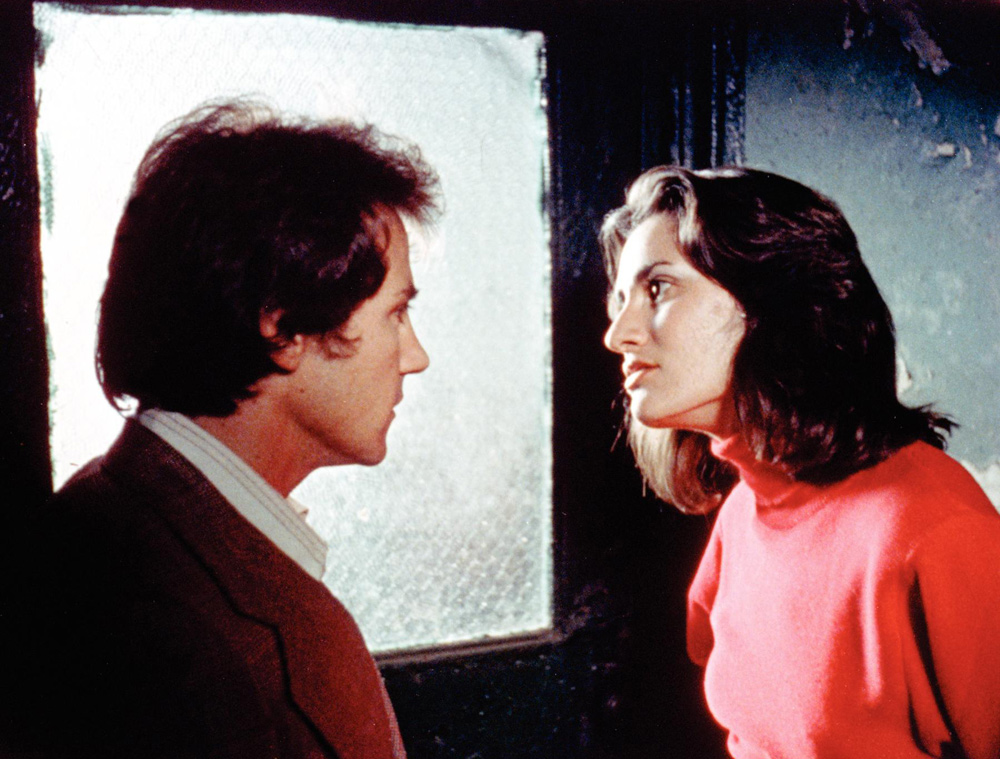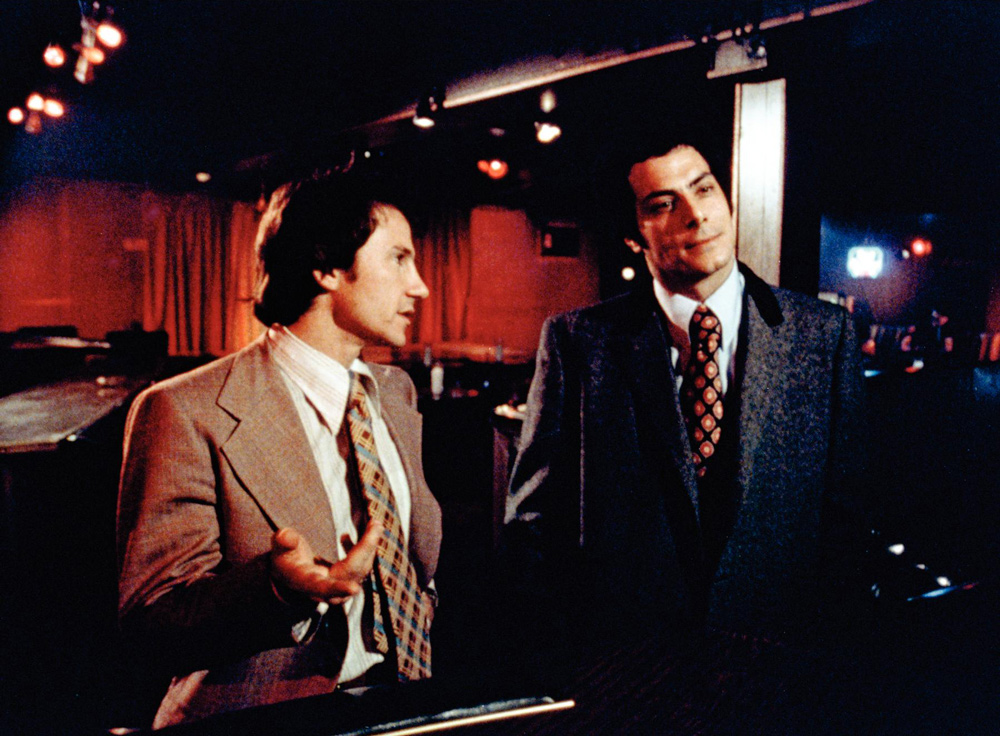
(c)1973, Renewed (c)2001 Warner Bros. Entertainment Inc. All rights reserved.
``Mean Streets'' Martin Scorsese and Robert De Niro's first collaboration reveals the origins of gangster movies
2019.12.14
Scorsese's autobiographical street film about Little Italy
The story is set in Scorsese's hometown of Little Italy in New York. The main character, Charlie, played by Keitel, is a thug in this town who is trying to become the owner of a restaurant through the help of his uncle, who is powerful in the underworld.
Charlie has three bad friends. Tony (David Proval) runs a bar, Michael (Richard Romanas) is a moneylender, and Johnny Boy (De Niro) is a troublemaker. Johnny is in a huge debt to Michael. Charlie's uncle advises him to stop hanging out with Johnny if he wants to be successful, but Charlie cleans up Johnny every time he causes trouble.
Charlie is also secretly dating Johnny's cousin, Teresa (Amy Robinson, who later produced the Scorsese film). Eventually, Michael, who has a bad relationship with Johnny, forces Johnny to repay his debt, and Charlie considers leaving town with Johnny and Teresa...

"Mean Streets" (c)1973, Renewed (c)2001 Warner Bros. Entertainment Inc. All rights reserved.
The original title, mean streets, means "dangerous area," and appears to have been taken from a phrase by Raymond Chandler (although the original title was "Season of the Witch," taken from a Donovan song). The appeal of this film lies in its vivid depiction of the streets. At the beginning, the annual San Gennaro Festival is depicted in Little Italy, and the streets are full of obscene enthusiasm, with people celebrating and a brass band. The film shows four thugs wandering through some grimy streets.
Scorsese also said this in the DVD commentary. "This film was born from within me. It is an expression of my life itself, and it depicts my life from about 18 years old to about 20 years old. At that time, people were always living side by side with danger. ”
Strippers dance in the city's bars, and men drink alcohol during the day. It's full of crime and violence, and the atmosphere is oppressive. However, the charm and tension that only such a city has is vividly imprinted into the video (there seems to have been a lot of improvisation).
The crazy, outrageous Johnny Boy was modeled after Scorsese's childhood acquaintance, and the relationship between Johnny and Charlie, who takes care of him, is a reflection of the director's own relationship with his uncle and father. It is said that there is.
Before becoming a director, Scorsese, a Catholic of Italian descent, considered becoming a priest and even attended a seminary (though he was expelled after going astray with his girlfriend and rock'n'roll). Reflecting his interests, his films often include religious elements. Charlie, the main character of this movie, believes that all humans live with sins and must atone for them.

"Mean Streets" (c)1973, Renewed (c)2001 Warner Bros. Entertainment Inc. All rights reserved.
At the beginning of the film, there is a line (in Scorsese's voice) that says, ``It is not in the church that humans pay for their sins, but in the streets or at home,'' and this is his way of thinking. So Charlie tries to live with the troublemaker Johnny on his back (that's his punishment).
There is also a scene where Charlie tries to hold his hand over a match or a gas burner, but this also seems to be seen as a religious image (an image of being burned in the fires of Inferno). The clubs that the main characters attend also have mainly red lights, which seems to be a nod to the color of Inferno(incidentally, the words "Mean Streets" on the back of the title are also red).
``In our world, the street thugs and the church had power,'' ( Scorsese on Scorsese, Film Art, David Thompson et al., translated by Takaharu Miyamoto), says Scorsese, looking back on his past. This work allows us to see his original scenery (although only a few scenes are shot in New York, most of it is shot in Los Angeles).

